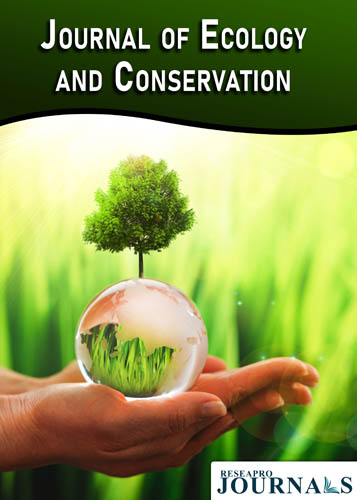
Journal of Ecology and Conservation
OPEN ACCESS
ISSN: 3048-5177

OPEN ACCESS
ISSN: 3048-5177

Keystone species are relatively rare, but enormously influential organisms in their respective ecosystems. The concept was first articulated by ecologist Robert Paine in 1969 and emphasizes the role of a particular species in maintaining ecological structure. This stems from a shift in ecological research that recognizes the powerful effects of these species on population dynamics, competitive interactions, and biodiversity. Although the early studies centred on predators, mutualists and ecosystem engineers are increasingly involved in more recent research. It seems critical to find key keystone species that can and must be preserved before they are gone forever through destruction of habitat or climate change. They control the size and numbers of prey species, create mutually beneficial interactions among other wildlife populations, modulate ecosystems that many plants require insects to facilitate reproduction from males to females. Keystone species complex roles at different levels, like genetic analysis or remote sensing, are now known much better than they were in the past because of technological advancement. Integrating traditional ecological knowledge with modern science will help immensely in boosting our understanding. Future research needs to intensify the pursuit of interdisciplinary approaches to keystone species interactions and impacts for global conservation effort and health in our natural worlds.